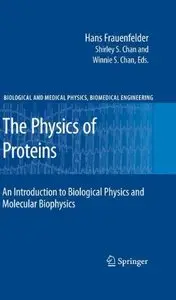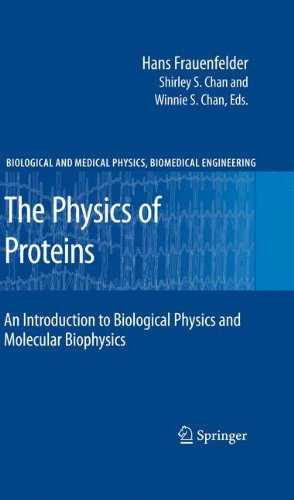The Physics of Proteins: An Introduction to Biological Physics and Molecular Biophysics By Hans Frauenfelder, Shirley S. Chan, Winnie S. Chan, Robert H. Austin, Charles E. Schulz, G. Ulrich Nienhaus, Robert D. Young
2010 | 448 Pages | ISBN: 1441910433 | PDF | 37 MB
2010 | 448 Pages | ISBN: 1441910433 | PDF | 37 MB
Physics and the life sciences have established new connections within the past few decades, resulting in biological physics as an established subfield with strong groups working in many physics departments. These interactions between physics and biology form a two-way street with physics providing new tools and concepts for understanding life, while biological systems can yield new insights into the physics of complex systems. To address the challenges of this interdisciplinary area, The Physics of Proteins: An Introduction to Biological Physics and Molecular Biophysics is divided into three interconnected sections. In Parts I and II, early chapters introduce the terminology and describe the main biological systems that physicists will encounter. Similarities between biomolecules, glasses, and solids are stressed with an emphasis on the fundamental concepts of living systems. The central section (Parts III and IV) delves into the dynamics of complex systems. A main theme is the realization that biological systems, in particular proteins, do not exist in unique conformations but can assume a very large number of slightly different structures. This complexity is captured in the concept of a free energy landscape and leads to the conclusion that fluctuations are crucial for the functioning of biological systems. The final chapter of this section challenges the reader to apply these concepts to a problem that appears in the current literature. An extensive series of appendices (Part V) provide descriptions of the key physical tools and analytical methods that have proven powerful in the study of the physics of proteins. The appendices are designed to be consulted throughout the section on protein dynamics without breaking the deductive flow of the logic in the central section of the book.



